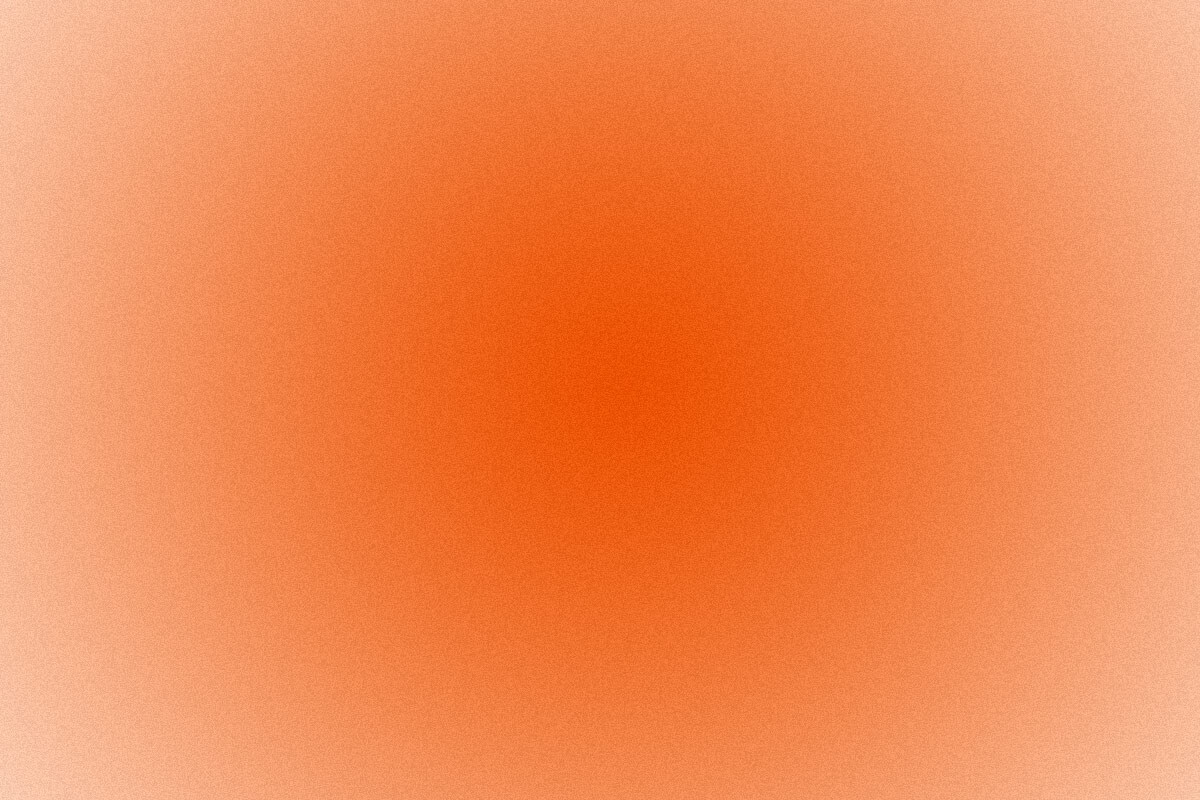Anxiety is more than just an emotion; it is often a physical pattern held in the body. This tension commonly gathers in areas such as the diaphragm, neck, shoulders, and chest, creating a sensation of "up and forward" movement and affecting breathing. This posture serves as a protective mechanism to suppress overwhelming emotions, many of which are rooted in early childhood experiences when we felt vulnerable and unsafe.
These emotions can feel intense and even life-threatening because they tap into the perspective of a younger, less-resourced self. However, these sensations are echoes of past experiences held in the body. When we begin to recognise anxiety as a stored physiological response rather than an immediate threat, we create space for healing. Awareness is the first step in shifting these deep-seated patterns.
Healing comes when we meet these patterns with gentleness and care. By bringing tender breath, focused attention, and a felt sense of safety to these held tensions, we can begin to soften and release them. As this happens, the "up and forward" motion of anxiety can settle into a "back and down" posture, signalling relaxation and grounding.
One powerful method for achieving this shift is through the Realization Process, a meditative approach that facilitates deep embodiment and inner connection. Developed by Judith Blackstone, the Realization Process guides individuals to inhabit their bodies fully, allowing them to contact the subtle holding patterns that contribute to anxiety. By moving awareness inward and recognising the space within the body, we can gently unwind these contractions and foster a sense of openness and wholeness. This process helps us experience ourselves beyond the constraints of past conditioning, making room for a more balanced, present, and authentic way of being.
Meditation, in general, also plays a crucial role in alleviating anxiety. Regular practice allows us to observe thoughts and emotions without becoming overwhelmed by them. Mindfulness meditation, for example, trains us to witness our anxious patterns with curiosity rather than judgment. As we develop this inner awareness, we become less identified with our anxious states and more rooted in the present moment. Breathing exercises, body scans, and visualisation techniques can all aid in calming the nervous system and reinforcing a sense of internal stability.
Through a combination of mindfulness, breathwork, and embodiment practices like the Realization Process, we can begin to unwind the physical and emotional imprints of anxiety. This process of softening and release allows for deep healing. It helps dissolve long-held patterns, paving the way for radical transformation and a greater sense of wholeness and well-being. By cultivating inner spaciousness and reconnecting with our true nature, we shift from merely coping with anxiety to genuinely healing from it, allowing us to experience life with greater ease, presence, and authenticity.
Related Posts
March 25, 2025
Are You Struggling with Feelings of Low Self-Worth?
Are you struggling with feelings of low self-worth? What if, alongside those…
February 25, 2025
How to Reconnect with the Feeling of Contentment or Joy
In our busy lives, we often overlook moments of joy and contentment. This post…
February 19, 2025
Learn How to Connect to Your Beingness – But Why & What’s The Benefit?
Beingness refers to the essence of simply being; it is a state of existence…



